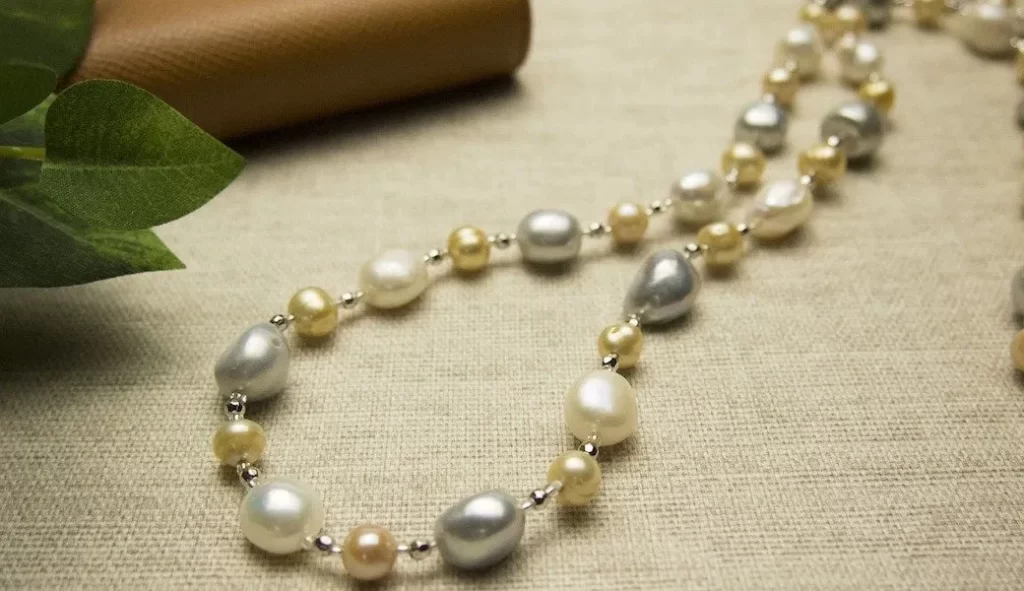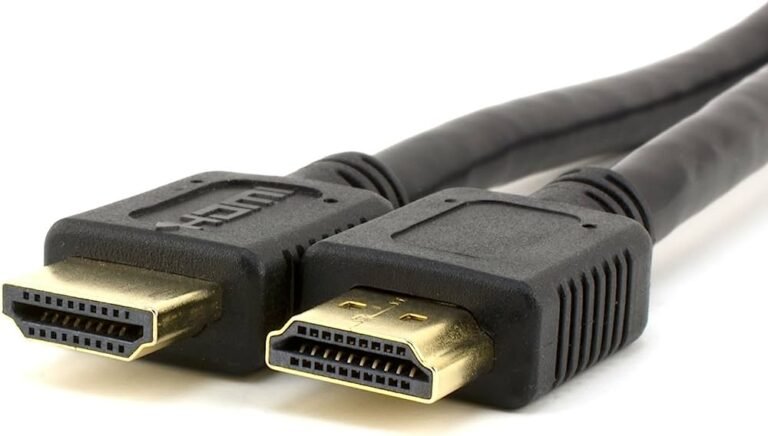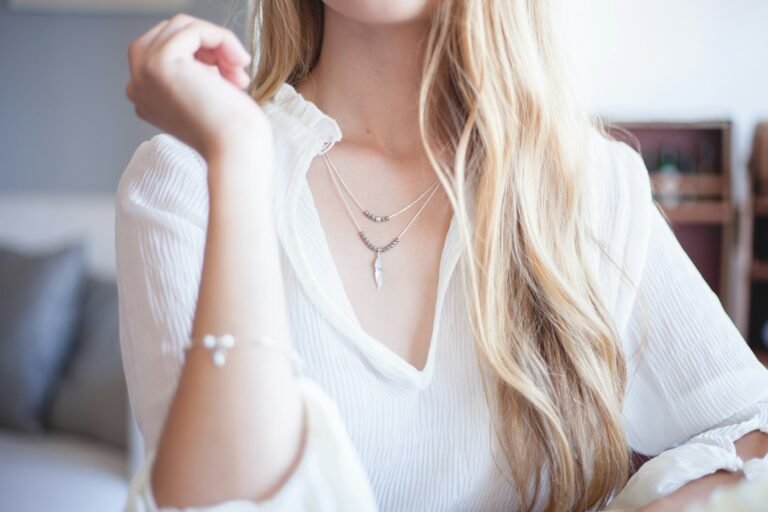HOW WE TESTED
We recommend these products based on an intensive research process that’s designed to cut through the noise and find the top products in this space. Guided by experts, we spend hours looking into the factors that matter, to bring you these selections.
Click here for testing insights
30
Models
Considered
72
Consumers
Consulted
28
Hours
Researched

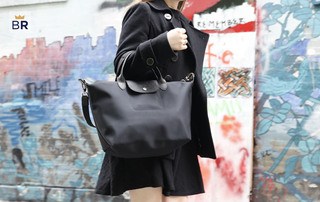
Updated April 2022
Written byJENNIFER BLAIR
Table of Contents
Buying guide for Best pearl necklacesTypes of pearlsPearl necklace features to considerPearl necklace pricesFAQ
Buying guide forBEST PEARL NECKLACES
There are few jewelry pieces that are as classic and sophisticated as a pearl necklace. It’s a highly versatile option that works just as well with casual outfits as it does with more formal attire. If there isn’t a pearl necklace in your jewelry box, it might be time to pick one up.
The one problem with shopping for a pearl necklace? There are so many pearl size, shape, and color options to choose from that you can get overwhelmed in a hurry. And you have to decide what necklace length and other features work best with your personal style. It’s definitely a lot to sort through.
If you’re in the market for a pearl necklace, read on for information and advice you can use as you shop for the perfect strand of pearls.

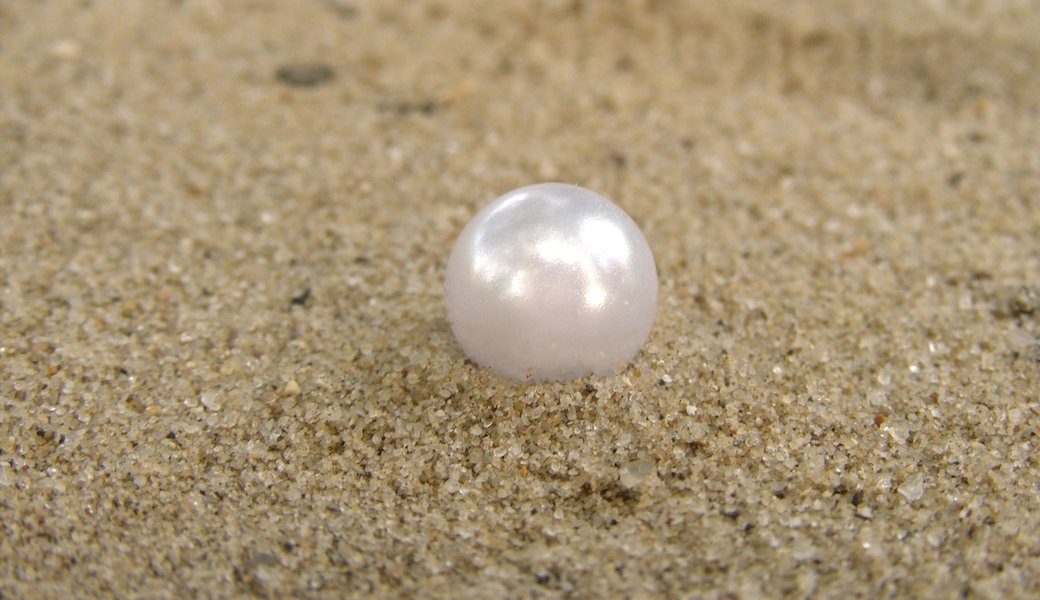
Natural pearls are only found in one out of every 10,000 oysters, which is why nearly all pearl necklaces use cultured or farmed pearls.
TYPES OF PEARLS
- Akoya: These are the classic white, round pearls that most people think of when they’re shopping for pearl jewelry. Akoya pearls are found in the oceans surrounding Japan and China and are usually the most lustrous and shiny cultured pearls you can find. Akoya pearls range in size from 5mm to 11mm.
- Freshwater: For a more modern take on the classic pearl necklace, freshwater pearls are an ideal option. They’re found in freshwater mussels and are usually baroque, which means that they have an irregular shape that isn’t quite spherical. Freshwater pearls are off-white, with a natural cream, ivory, or rose tone. These pearls usually don’t have the same luster as Akoya pearls. Freshwater pearls range in size from 2mm to 18mm.
- Tahitian: Tahitian pearls, known for their striking dark color, are farmed mainly around French Polynesia. These pearls are usually described as black, but the finish often has a rainbow effect when viewed in different lighting. Round Tahitian pearls are rare, so you’ll usually find baroque or oval shapes. Tahitian pearls are typically larger than other pearls, with a highly impressive luster. Tahitian pearls range in size from 9mm to 16mm.
- South Sea: Grown mainly in Indonesia, Australia, and the Philippines, South Sea pearls are usually white or gold in color and known for their very large size and attractive luster. These pearls are fairly rare, so you’ll pay more for a necklace made with them. South Sea pearls range in size from 9mm to 18mm.
PEARL NECKLACE FEATURES TO CONSIDER
Pearl size
When choosing a pearl necklace, start by considering the size of the individual pearls. For most people, pearls that range from 7mm to 8mm are the most classic, versatile option, but you might prefer smaller or larger pearls depending on your personal style.
Pearl shape
Most classic pearl necklaces feature pearls that are perfectly round. Akoya, Tahitian, and South Sea pearls are usually the roundest. Round, symmetrical pearls are often considered the highest quality, but you can find necklaces with pearls in other shapes, too. Freshwater pearls are most often oval or asymmetrical. Pearl shapes include the following:
- Off-round (rounded but not symmetrical)
- Oval (usually symmetrical)
- Teardrop (usually asymmetrical)
- Baroque (asymmetrical)
Pearl color
Most people want a pearl necklace in a classic white color, which is the most versatile option. But you can find pearls in other shades if you wish to make a stronger statement. Pearl necklaces are available in many colors.
- Black (actually a dark blend of green, blue, and gray)
- Gold
- Cream
- Ivory
- Rose
- Peach
- Lavender
Pearl luster
The luster of a pearl necklace refers to the glow and shine on the surface of the pearls. Good-quality pearls have a bright, noticeable luster that easily reflects the light. Poor-quality pearl necklaces often have a dull or chalky finish.
Necklace length
Pearl necklaces are available in a variety lengths that can work well with a range of outfits. The most common lengths include the following:
- 16-inch choker: A choker rests just below the hollow of the throat. This is the most classic pearl necklace length. It works well with both casual and formal outfits and complements both open and high necklines.
- 18-inch princess: A princess-length pearl necklace rests just a couple of inches below the collarbone. It is a more modern take on the classic choker and has become the most popular option in recent years. The princess length works well with boatneck, open-collar, crew, high, and low-cut necklines. The princess length is so versatile that it’s the best option if you can’t decide on a length.
- 22-inch matinee: A matinee pearl necklace rests about mid-chest and draws the eye downward to help you appear thinner. This length works well with cowl or turtleneck tops, as well as tailored shirts.
- 36-inch opera: An opera length pearl necklace typically rests at the bottom of the rib cage. It can be worn as a single strand necklace or doubled up to serve as a choker. Traditionally, this length was worn with formal outfits, but the opera length can be dressed down if you prefer.
- 36-inch or longer rope: A rope-length pearl necklace offers the most dramatic look. It’s ideal for doubling up, and many styles feature multiple clasps so you can break the necklace down into several strands. Rope pearl necklaces are often worn looped into a knot for an even more striking look.
Knotting
A pearl necklace should always have knots between the individual pearls. The knots keep the pearls from rubbing up against one another and wearing down the finish. Knotting also guards against losing all the pearls should the strand break.
- Pearl necklaces are usually threaded onto either silk or synthetic fibers, but a good-quality necklace should use thread that matches the color of the pearls as closely as possible. Look for knots that are all similar in shape and fit tightly against each side of the pearls.
Clasp
You want to be sure that your pearl necklace is secure when you’re wearing it, so it’s important to consider the clasp. You can find necklaces with clasps in a variety of metals, including gold and white gold. It’s best to choose a clasp in a finish that matches the jewelry that you wear most often, so the necklace coordinates easily with the rest of your pieces.
For added security, look for a pearl necklace that features a double safety clasp.
PEARL NECKLACE PRICES
Pearl necklaces can vary significantly in price based on the size and luster of the pearls. In most cases, you’ll usually pay between $55 and $2,800.
- Budget-friendly
Pearl necklaces that feature smaller pearls with low luster usually cost from $55 to $475.
- Mid-range
Pearl necklaces that feature mid-size pearls with high luster usually cost from $475 to $1,000.
- Expensive
Pearl necklaces that feature large pearls with high luster usually cost from $1,000 to $2,800.

